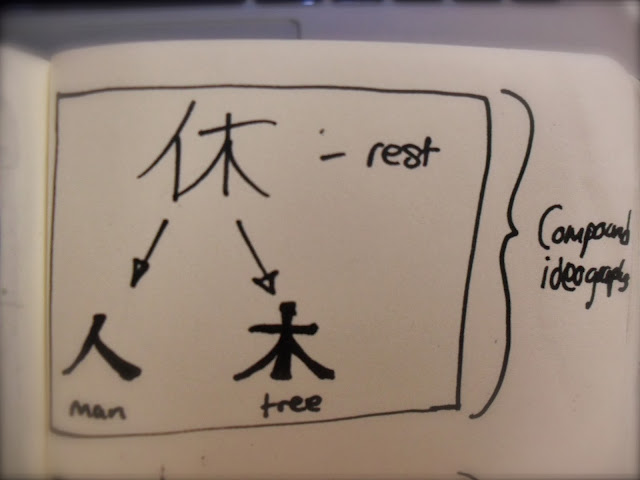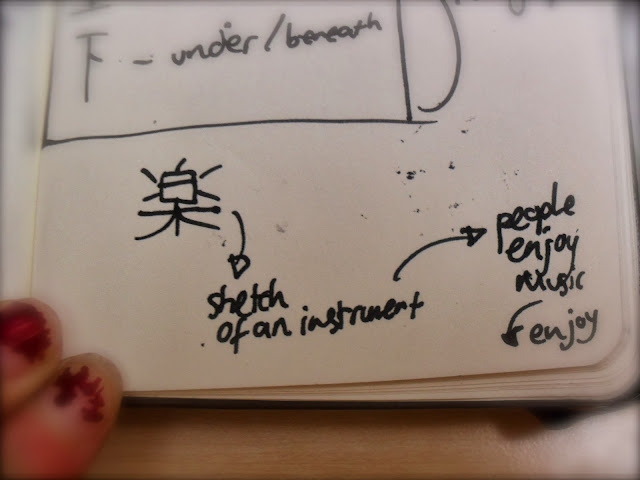The original telling of The Story of Grandmother was told orally by French country women in the middle ages. This version was very dark, as it contained themes of cannibalism and rape. The wolf actually tricks the little girl into eating her dead grandmother's flesh and drinking her blood, as well as convincing her to undress and get into bed with him- and the girl actually does everything the wolf says. The girl, when realising her mistake, tricks the wolf and manages to escape, but the theme behind the character still remains quite clear: she is stupid, and this idea is not only continued but also enhanced in the more refined version that would be written by Charles Perroult in the 17th century.
This was the first telling to see the girl wearing red, which has connotations of sin, impurity and the devil, for starters. She is also written as witless, empty-headed and naïve, believing everything she is told and lacking the savoir faire to react logically when she faces the wolf. She is even more stupid than the original girl, because she lacks the sense to trick the wolf and ends up being eaten by him, just like her grandmother, which in this context has implications of rape. There is also subtext that the girl might have been looking for difficulty, even asking for it, as she accepts the wolf's wager, inferring that she wants to lose, presenting the idea that it is ok to humiliate young women, and that they deserve rape, reflecting the views of the aristocracy at that time.
 |
| Illustration by Gustave Dore, 1867 This image does a very good job of communicating just how stupid they want us to think the girl is. It is not difficult to realise that that isn't her grandmother. |
In the lecture, we were also shown another worrying version of the tale: the 1931 Betty Boop version called "Dizzy Red Riding Hood" which is perverted and riddled with male projections.
Now, these were stories that were being told to children from a very young age- most children today grow up hearing these classic tales. That is what makes the undertones even more worrying.
However, there have been many attempts to turn the tale on it's head and reclaim the story in a less misogynistic light. One of the first satirical rewrites was by James Thurber in 1939, a popular journalist, cartoonist and author, who wrote a short piece for the New Yorker called "The Little Girl and the Wolf". It started off like most re-tellings of Red Riding Hood did, with the vital change in the ending: when the little girl realises instantly that she isn't speaking to her grandmother and pulls out an automatic, and shoots the wolf dead. The moral featured at the end of this story read:
"It is not so easy to fool little girls nowadays as it used to be."
James Thurber
In 1984, Angela Carter wrote the fantasy-horror film "The Company of Wolves" based on her own short story, which approaches the werewolf antagonists with an air of disgust, rather than focussing on the heroine's flaws. Rosaleen actually defends herself, rather than relying on someone else to save her, and she uses her wit and the knowledge gained from her grandmother in certain situations. She is also forced to let go of her innocence in order to survive. Before the werewolves transform, they become naked, which presents a strong sexual image, and throughout the film they are seen as pitiless, cunning and selfish creatures, who taint and corrupt their victims.
"The worst kind of wolves are hairy on the inside, and when they bite you they drag you with them to hell."
The Granny in "The Company of Wolves", by Angela Carter
This allows for the idea that rape is not the fault of the victim, but that of the offender, who should be judged and treated accordingly. In my opinion, a much more valid moral to pass on.
Also, Disney produced a humorous short film that was nominated for an Academy award in 1997 called "Redux Riding Hood" which explores the wolf's life after he fails to eat Red. What is especially satisfying about this sarcastic film was the depiction of the woodsman that comes to save Red. He is completely exaggerated in his figure and voice and has heavily simplified dialogue, which helps mock the whole idea of a "saviour" in these kind of fairy tales.
"Hoodwinked" (2005) was a children's animated film that portrayed Red as a strong female lead, rather than an incapable, powerless girl who needed saving.
While the depiction of the wolf has not really changed over the years, the presentation of the Little Red thankfully has. There are more attempts in modern tellings of the classic tale to give the girl more control over her situation and for more of the blame to be shifted to the wolf.





























